Table of Contents
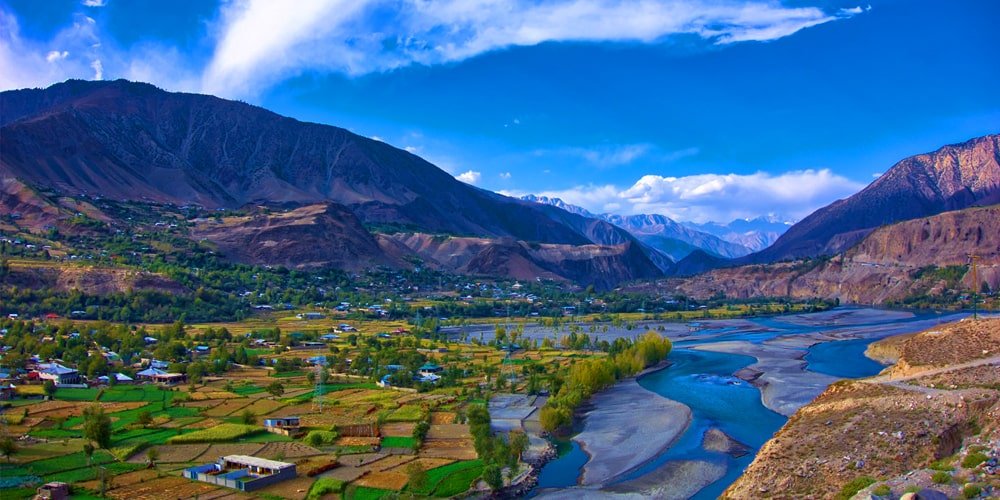
In the mountains of the Hindu Kush lay the hidden gem of ancient Pakistan. A group full of rich history and culture and is meant to live on for eternity.
From its traditions to its clothes and people, everything surely stands out about this ancient society gifted with much of Earth’s abundance, making every person see it in an open mouth.
Kalash, or the valley of Kalasha, is situated in the district of Chitral, the capital of Chitral town, once known (Chitral district) as the biggest district in the Khyber-Pakhtunkhwa province.
The Kalash valley is surrounded by the Hindu Kush range stretching from northern Pakistan, Afghanistan, and Tajikistan. These mountains have served a religious significance in many polytheistic faiths but especially in Buddhism for centuries.
The valley of Kalash, Kalash meaning “black,” gets its name from the colorful black garments worn by its women.
Valleys of Bumburet, Rumbur, and Birir:
The valley of kalasha is separated into different valleys that stretch to the Nuristan province of Afghanistan, were once in numbers, but due to the force conversions and the Taliban activities, the valley of Kalash is left into three valleys of Bumburet, Rumbur, and Birir with a total estimated population of less than 5,000 Kalashas livings to this day.
It is a small religious, ethnic group under the protection of Pakistani law due to the persecutions they faced in the extremists’ hands for years, now freely practicing their beliefs.
These valleys are as picturesque as they seem, being a nature paradise in spring surrounded by lush green mountains and freshly harvested fruits and other crops to the winter wonderland of the winters, everything as pearly white an eye can reach itself.
But what makes the valley of Kalash is the people of Kalash that have been striving to keep its culture and traditions alive, especially the women for hundreds of years, giving it the title of “Intangible Cultural Heritage” by UNESCO.
Why is Kalash Valley Famous?
The valley of Kalasha is separated into three main valleys known as Bumburet, Rumbur, and Birir. The most visited of all valleys is the valley of Bumburet which connects itself to the Chitral district by a drive of approximately 2 hours.
The route of Bumburet to the Chitral was also the only known way that connected the kalasha people to the outside world. Before that, the group was almost isolated from its other neighbors, existing and living their culture in peace.

The Bumburet valley is also the biggest valley of all and is becoming the center of tourism. Still, unfortunately, only a few households remain that are struggling to carry on their cultures.
The valley of Bumburet joins the valley of Rumbur at the village of Ayun located in the Kunar valley of Chitral. Rumbur holds more klashas that carry on their culture as most of the tourists prefer Bumburet but has amazing scenery and hostile people to make your trip memorable.
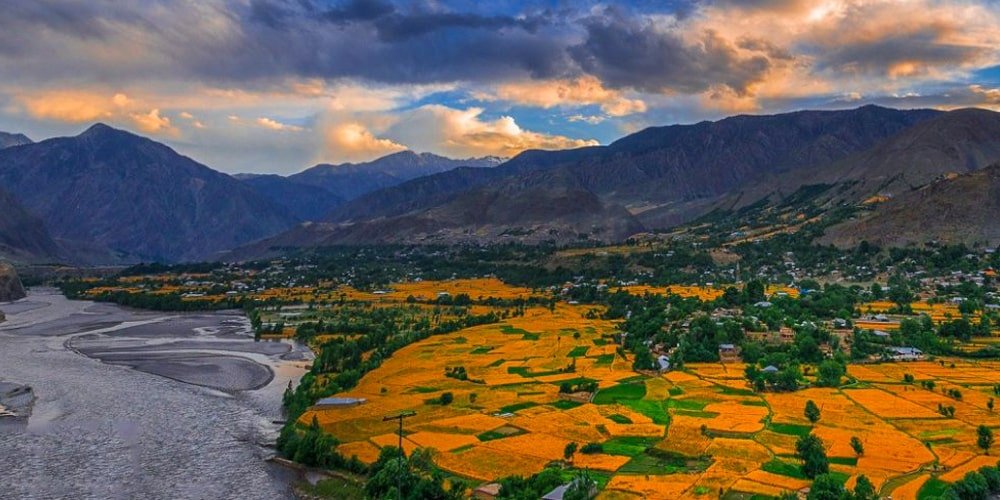
The third valley is the valley of Birir, where most of the inhabitants reside, carrying on their legacy. All the valleys are surrounded by lush green hues of the Hindu Kush mountains, the singing rivers, and the warmth of the Kalashas.
The valleys are now quite developed with more internet access and modern stores around the corners due to the locals’ increase in tourism and local guest houses to present their kind gesture towards others.
The people, culture, and its history:
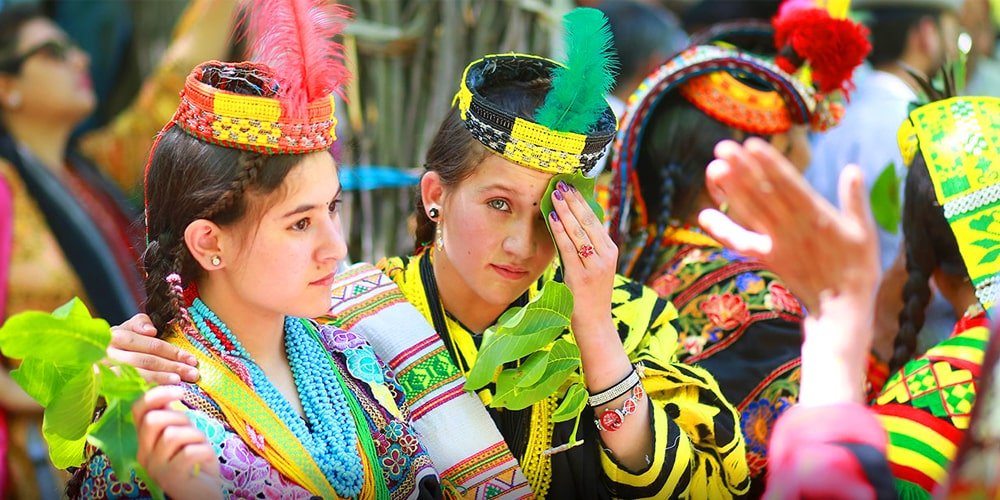
Its no doubt that the fascinating thing about the valley of Kalash is its people and the rich history they have been serving all along. The people of Kalash, also known as “kafir kalashas,” aka “black kafirs” are often known to be Alexander, the Great’s descendants.
The legend has that some of Alexander’s troops remained in northern Pakistan, making up today’s people of Kalash of the Greek, Indo-European ancestors.
In the Kalash language, they call themselves the “children of Salaxi (Alexander)”; but after some investigations regarding their ancestry, it was revealed that these people resided way before the reign of Alexander the great, dating their DNA to the paleolithic Siberian Hunter-gatherers that dated 24,000 years ago.
Some suggest the migrations during the Neolithic period, where the prehistoric Europeans and South Asians settled and split into the kalasha people of today.
Whatever their origin might be, their appearance is quite notable, and they are known to be quite beautiful, most of their eye colors standing out. From green to turquoise to amber, the people of Kalash are gifted with a unique feature which is either their blessing or a curse.
Kalashi’s Language:
The people of Kalash speak Kalasha, which is one of the Dardic languages and is on the verge of its extinction, with only a few of its inhabitants being fluent in it. The kalasha language now tops in one the most endangered languages according to the list of UNESCO.
One of the reasons that reside in its extinction is the lack of preservation of the texts. It was only orally passed on from generation to generation due to the changing times and adaptations of new traditions. As we go throughout the valleys, only a few schools are located that teach Urdu, English, and Kalashi.
Local Religious Beliefs:
These people are also known because of their polytheistic beliefs that derive from religions such as paganism. However, it is a mixture of beliefs that mostly follow the laws of nature.
The Kalash people don’t have a specific religious text, book, or prayers and often depend on nature and its changes. The rituals are often changed according to the changes in nature and are passed on orally from generation to generation.
Still, due to the rapid conversion of the Kalashas to Islam, many practices remained. As mentioned, they don’t often have a religious prayer, but they pray to their gods in their annual festivals each season, where they vow their givenness and pray for a good harvest of crops and good luck.
The Kalashi people are also notoriously known for the dances that they perform in their ceremonies. When a baby is born, they often dance and sing and give dried fruits (mulberries and others) as a voluntary charity.
They also dance when their loved one dies and perform during their sunset prayer where everyone (men and women) gather together and pray and dance and sing as their vows to their Gods.
Roles of Kalashi women and men:
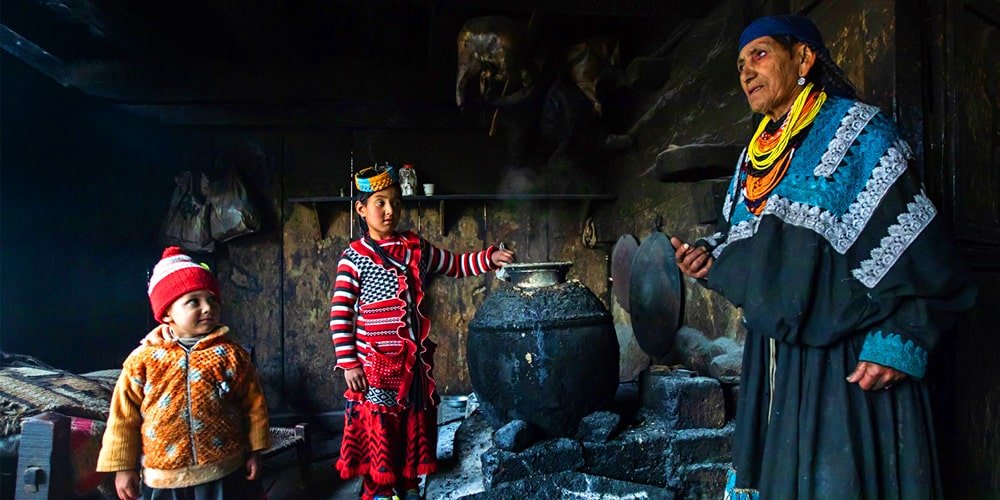
Everyone is bound to the parts of effort they put in to keep their valleys alive. In Kalash culture, there isn’t much difference in work of both men and women as both do farm work; however, most kalashi men take the job of trades and business while women take the responsibility of housework or often using the freshly grown crops such as wheat and corn to make flour to make the traditional “rotis.”
However, nowadays, many Kalash people are working hand to hand, taking advantage of the tourism craze that has taken over in these areas in recent years, most of them turning their houses into the guesthouse for tourists to seek a comfortable place to stay and the women use their skills of handicrafts to sell traditional Kalash clothes and accessories.
The festivals:
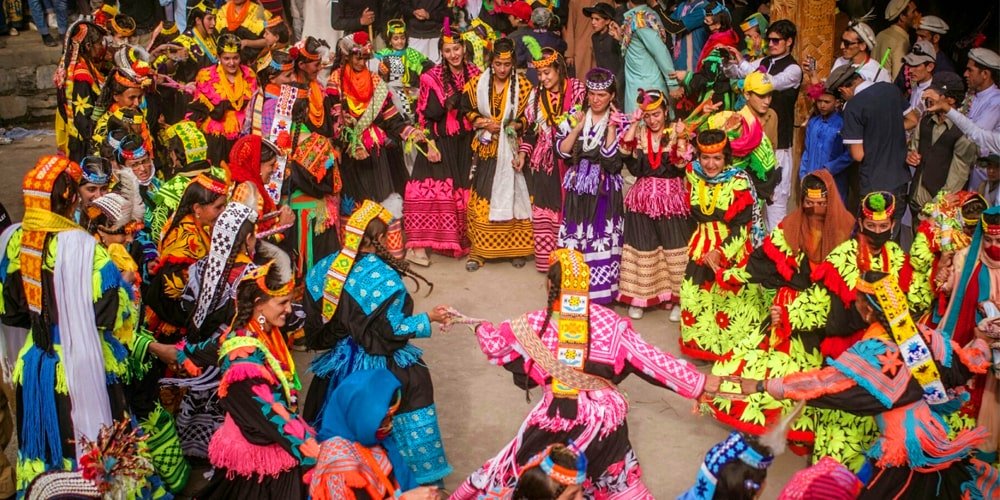
The Kalash festivals take place every year during every season that often starts its preparation days ago and continue for at least five days maximum spreading from valley to valley.
Chilam Joshi:
The most commonly known that catches the most attention is the spring festival, known as Chilam Joshi, in mid-May before midnight which continues for three days.
The preparations of the festival begin days before the actual celebration. Everyone starts to store milk from their homes, and on the festival day, they begin it by sharing it and sprinkle it over each other to symbolize peace and harmony.
Besides that, they ask for good fortune and agriculture from their God. But the main custom that stands out in this festival is the “Ghona dastur,” or marriage elopement, which is a common custom by the Young kalashas.
They often choose their partners during the festivals and often announce it on the last day of the ongoing festival about their chosen partners. The day is spent by dancing and singing of everyone in their traditional color clothes.
Uchal:
The Uchal, also known as the summer festival, is one of the most important festivals of the Kalashas. They pray for a good harvest of crops and regard their God and are spent till night by dancing and singing traditional kalasha folks.
The women sew their own clothes days ahead with beautiful embroidery and beads with their traditional headpiece called the “Shu’shut.”
The day begins when only men are allowed to attend, and there the purification ceremony is taken place as well, where they eat goat cheese and a type of flatbread usually made of whole wheat or corn to thank their Gods.
That’s when everyone with women gathers on a hill where they dance and worship. This festival takes place from 19th-20th August and ends within four days approximately.
Choimus:
The other festival of Choimus is also known as the Kalasha winter festival from mid to late December. It also holds a special place for the Kalash people to gather on the “charsue” and perform their traditional dances all night long.
Local handmade grape wine is handed near the bonfire, making it the only place in Pakistan where alcohol is legally allowed. A fox sighting also takes place with is considered good luck, and goat sacrifices are taken place in the name of the goddess named “Jastak.” Purification of women and children is done.
Why is Kalash valley famous?

In recent years, a tourist from all around the world and domestic tourists have been wowed by the immense views and nature of Pakistan. A Kalash valley is a place full of rich culture that can make any person fall in love with it as well as it is great for history lovers to look deeper into their hidden gems.
It’s a place surrounded by fresh, clean air with flowing rivers and great mountains and trees full of sweet and ripened fruits. It is also because of the hostility of the people who are eager to be asked about their culture and experience their day-to-day lives.
Kalash valley weather?
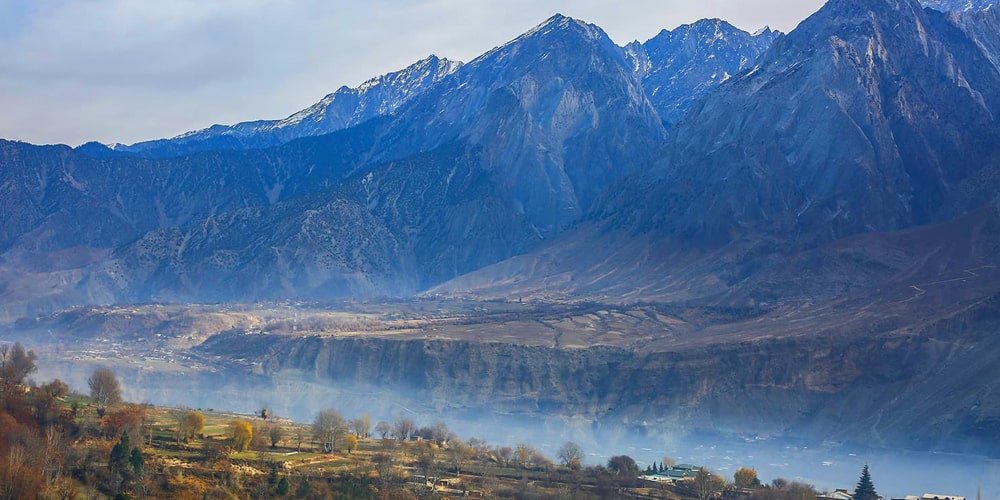
The seasons go around the whole year in the valleys but are mostly blessed by the cool winter winds from the north all year round. In summers, the sky is clear in cobalt blue with clear breezes swirling thought-out.
As the valley is situated in the north, the winters are often extreme, falling below 0; due to that, it is very popular among the tourists to situate their time during the early May to October seasons where the weather isn’t as extreme.
What’s the distance of Kalash valley from Islamabad?
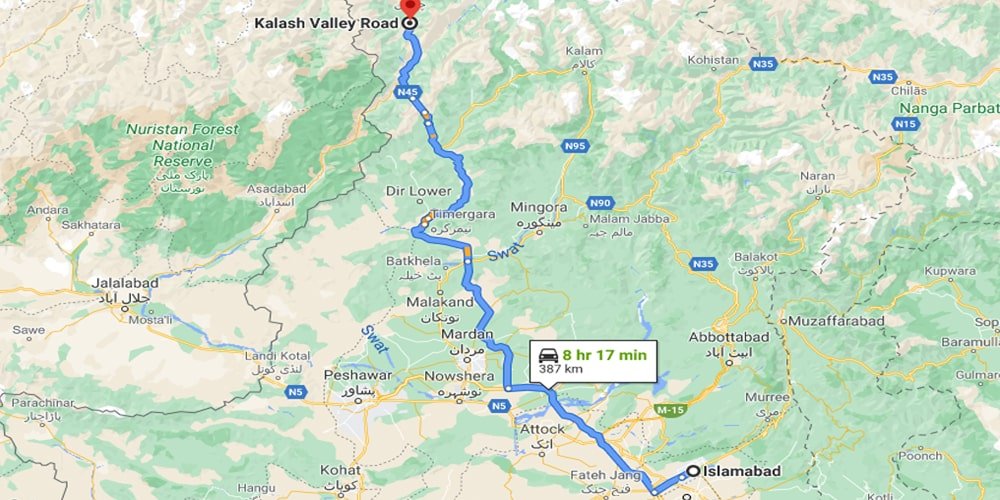
The distance from Islamabad to Kalash is a lot, so many visitors often break their journey into two parts. The distance of Chitral from Islamabad is 389.8 km which can take up to 8 hours by road alone.
Because of that, most people end up taking a break in Chitral or staying in the village of Ayun to rest. The distance it takes from Chitral to Kalash is about 20.7 km.
What are the road conditions of Kalash valley?
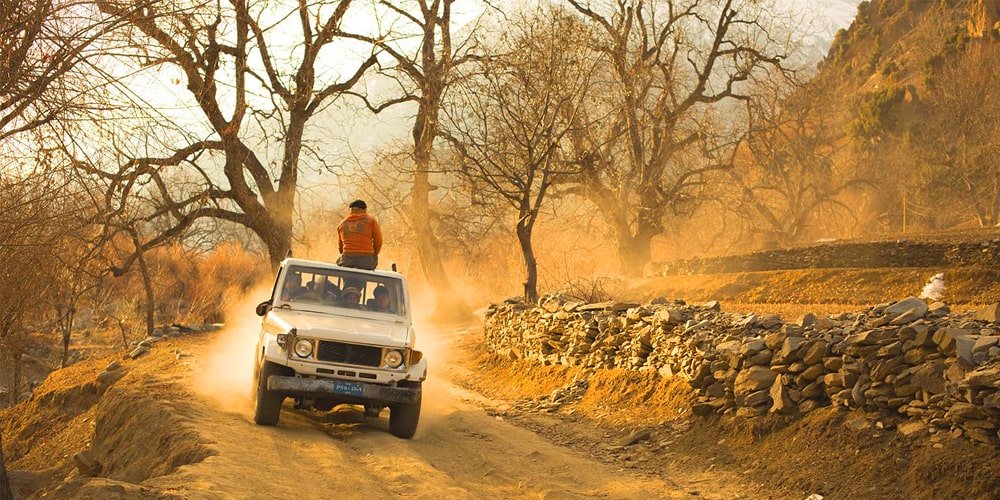
The road conditions are unfortunately quite bad but can be made a way out. The journey from Islamabad to Chitral is pretty smooth, but on the way to Kalash, the road is quite bumpy and rough as there is only one road that connects Bumburet and the Chitral district. From that point, a jeep is taken to reach your required destination, perfect for adventure lovers!
Traditional Kalashi food:
Kalashi diet Comprises various local dishes to their land, including many fruits, nuts, bread, and cheese all grown and made by hand.

Dried fruits and nuts are a staple in their diets, most popularly mulberries and walnuts, and the kalashi people have perfected their ways to enjoy these home-grown delicacies.
One of the most traditionally stable dishes is called “Bilili,” a pan-fried flatbread with various nuts. Another version of this dish includes bread filled with walnuts and cheese and made into a thick pan-fried flatbread on a traditional wood fire that is known as “Ja’u.” another way to enjoy these dried nuts is made into a dish called “ja’gai” or walnut butter with is made with a mixture of finely ground walnuts mixed with cheese, water, and salt.
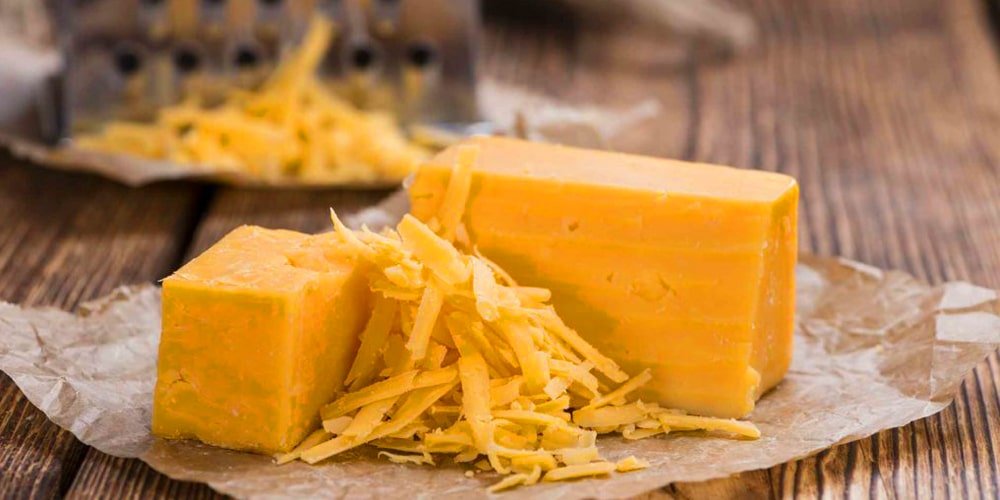
Cheeses are also quite common in the Kalash culture, and them having their varieties of cheeses that include “kuind’a,” which is a sharp-tasting cheese that’s been aged, “gulak,” which is just simple cottage cheese in small circles, and “Kil’a’” which a sour-tasting cheese made from rennet.
All these dishes are enough to make anyone excited and taste these mouth-watering delicacies that define the kalasha culture.
Where to stay in Kalash valley? Hotel & Camping
In recent years, the number of tourists has increased greatly in number, which means more and more facilities of luxurious and comfortable hotels give you the feel of being a local.
Most locals have taken the opportunity and established their guesthouses to accompany the visitors. But other hotels are available as well, mostly situated between the meadows and the gardens with clear air and tremendous views to be seen with excellent customer service and mouth-watering local or western breakfast.
Most of the hotels include their breakfast option and are often free with options such as omelet, butter, jam, and toast with a glass of fresh juice or chai. Besides that, the customer has free will to customize their order by requesting their choices.
The hotels are also available with dinner in the form of a buffet or depending. Most hotels regulate their menu from western to local cuisines that are sure to impress everyone!
The hotel rooms have a capacity of at least five members depending on their room of preference, and the bed is provided with a warm blanket to snug yourself in the winter.
There are windows to open to let in the fresh air and the beautiful views to wow your eyes. The hotel rooms also have an attached bathroom that is often quite spacious. The most used hotels in the valley include Ayun Fort Inn and Destida Bed and Breakfast.
Internet and Cellular network facility:

In recent years, there’s been quite a development in these areas regarding the networks, and now mostly everywhere, there is no issue accessing the internet.
Companies such as Ufone and Zong are the most used networks that work almost everywhere. However, there still can be a chance in the quality of the internet and calls as the area is situated on a high altitude that can disturb the Wi-Fi signals. Still, almost all hotels have some network facilities.
Daily budget/ Trip budget:

In issues of the budget, it depends on the person and the type of trip they think of carrying on their own. The solo traveler budget can be compressed into at least 60 USD for transport and staying bills.
Food can be quite cheap and is often not a problem as most of the time, the residents may offer you food as a sign of respect, but another budget can be spent on the local shops and their traditional items.
Is Chitral safe?
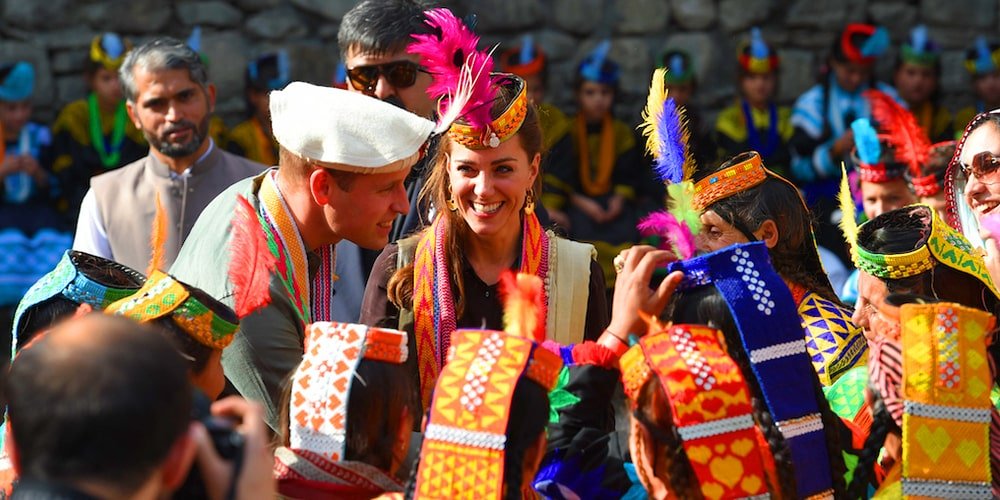
By all means, YES! Why not? Tourist safety has been increased and considered for many years now, and it’s a pleasure for the residents to visit their living areas and learn about their culture.
People are very hostile and welcome you with open arms; however, there can be some roads, especially in winter. As the roads are quite bumpy, the roads in winter are often blocked with huge snow piles; that’s why it’s not recommended to visit near the extreme winter months of December-February.
What to pack for your trip?
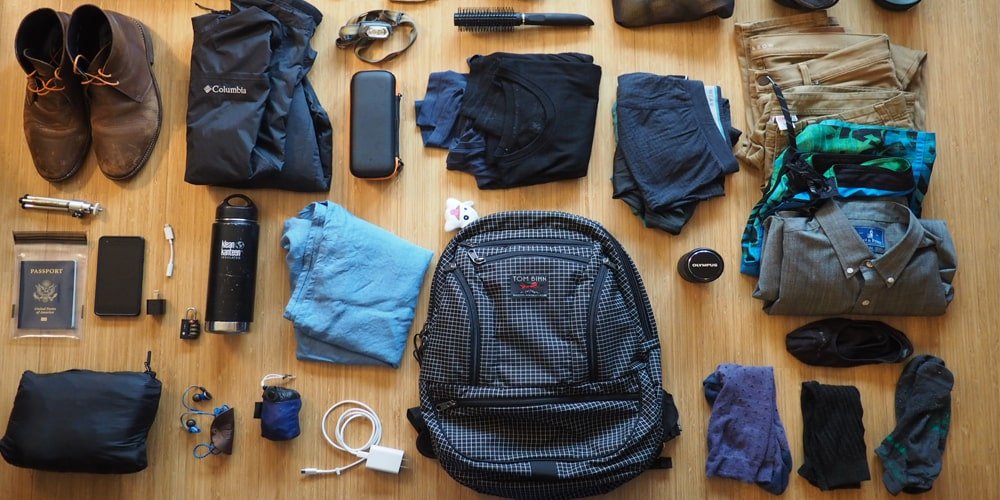
most of the time, there aren’t much-needed things to carry out your trip as most of the things are available or provided by the hotels or services, but here are some essential items to carry around:
- Warm clothes, mufflers, and gloves
- A 3-plug as most of the hotels are situated with a 2-plug
- A power bank to keep your phone charged
- A router for easier internet connection
- Strong grip shoes to walk on the rocky areas
- A water bottle
What to do in Kalash Valley? Activities
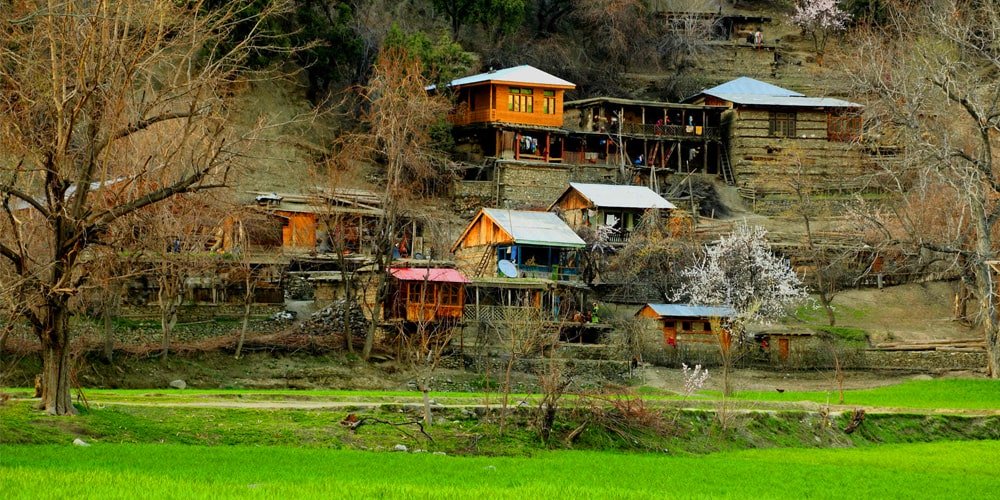
There is A LOT to do in the valley of Kalash, surely sightseeing isn’t enough, and some children take no fun in it. Here are some activities that surely will make your trip memorable in Kalash!
Snow-skiing is a very popular activity done by both men and women during the winters when the snow is piled on the hills of Hindu Kush. Most of the equipment is provided and can be often guided to ski safely.
Other activities are to look around the local stores filled with handmade goods and traditional garments that can surely make your day and be a great gift back home!
Most of the trees are overflowing with ripened fruits and nuts, and simple tree picking can be a super fun activity and a small look inside the daily lives of the kalashas.
More activities such as hiking, boating in the local rivers, and eating by the riverside are other great ways to enhance your memorable trip to the valley of Kalash.
See Related Tour
Check out our Chitral Tour Packages 2025


2 thoughts on “A Travel Guide to Visit Kalash Valley in Pakistan: Complete Information”
Comments are closed.